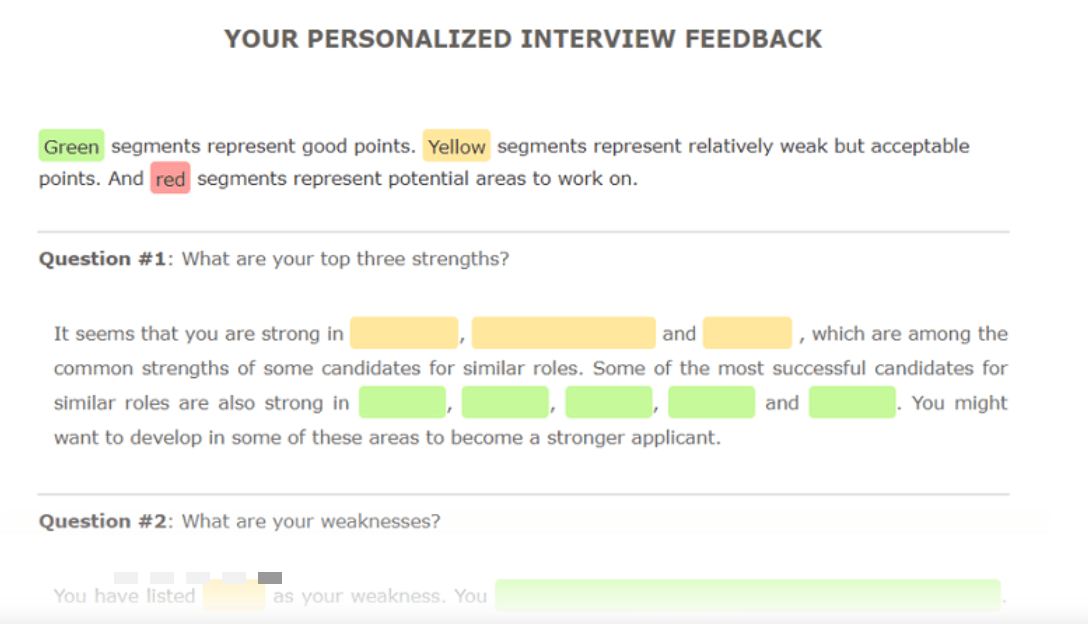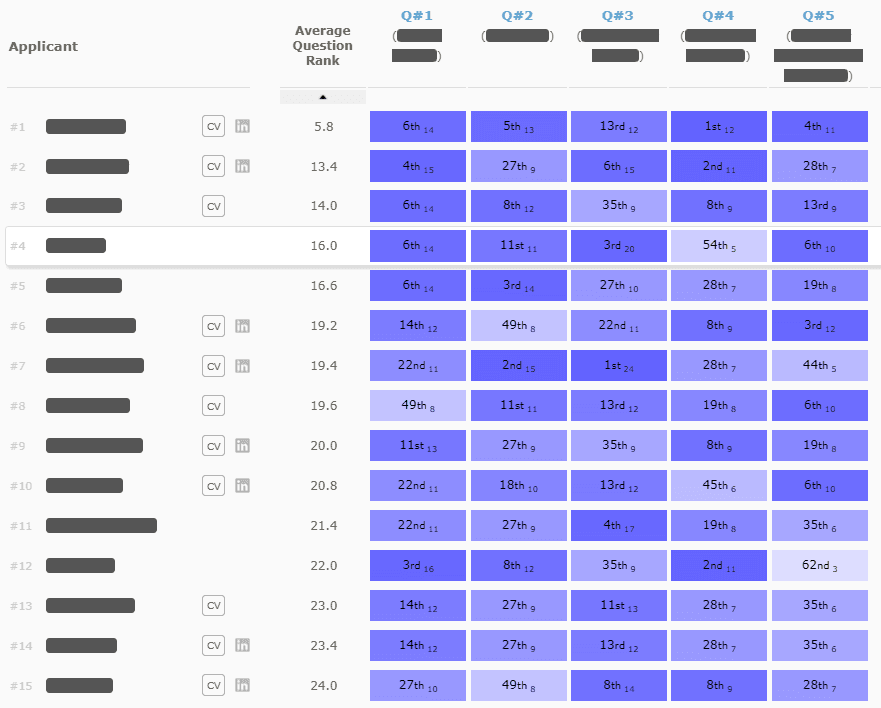Did you see the BBC3 programme “Computer Says No” that raised concerns about the use of AI technology in recruitment? As a strategic advisor for an AI powered interview business, I watched the programme with keen interest. I wholeheartedly agree with the conclusions of the programme maker Daniel Henry. Most of the AI solutions considered in the programme were either clunky or seemed to actively disadvantage large sections of the candidate population.
Encouragingly, none of the concerns raised, relate to VireUp's AI technology. Let me explain:
Facial Recognition AI: In the BBC3 programme they carried out experiments that illustrated how the facial recognition software used in some recruitment technology can totally misread emotions (Daniel was smiling/happy and the AI suggested he was disgusted - what?). The presenter also investigated how facial recognition technology finds it difficult to analyse people from different ethnic groups and so is prone to bias. There are many reasons why I am concerned with the use of facial recognition technology in recruitment (needs a separate article), @VireUp does not utilise facial recognition AI.
Key words: On the programme the presenter was shown how to improve his chances of success by including key words on his CV. For a long time I have bemoaned the use of key word screening tech. In my opinion it is clunky. I have real life examples of people who didn't get through screening processes because they failed to include a key word on their CV and I know of people who did secure interviews because they repeated the same key word over and over. What about the great people who don't include key words? With VireUp every single applicant gets an interview. There is no necessity to slim down the numbers by using clunky tools. In fact, with VireUp there is no necessity for a CV at all!
Complicated algorithms making invisible decisions: On the show there were three make-up artists who were made redundant via a process that incorporated AI video interview technology. They were told (something like) “the decision was made using an algorithm analysing 15,000 datapoints”. The make-up artists were incensed and upset that their capability was scored by an algorithm and was shrouded in confusing, secretive science. And rightly so! VireUp AI is explainable. Think about it like a glass box that you can see into, as opposed to dark black box spitting out secretive decisions.
VireUp scores the interviews (down to concept level) and ranks every single applicant against each question. The hiring manager/company receives a dashboard of results and is able to understand down to word/concept level why a specific score has been given. AND every single candidate can get useful, detailed feedback. Everything is completely visible.

feedback.png
Transcription mistakes: During the programme transcription service technology was used to illustrate how it was prone to making significant mistakes when dealing with different accents. In some cases, the AI could just not understand what people were saying at all. With the VireUp process, interviews are transcribed before the VireUp AI assesses the answers. VireUp uses two well-regarded transcription technologies to cross check the transcripts and also has a real human-being in the back office to check for potential mistakes. And with VireUp, if a candidate is unable to talk or has an issue with talking, they can type their answers and get scored in exactly the same way as everyone else.
Ability tests/recruitment games: The programme illustrated how some people who you might assume to be comfortable with recruitment games/ability tests, struggled. There are many papers and studies that have suggested that ability tests are prone to bias. I have witnessed many instances where people with A* in maths A-level, and even First-Class maths degrees, have flunked numerical reasoning tests. I also correlated how a group of 20 junior managers performed after a year in the job against the verbal reasoning test scores they achieved during the assessment process. There was zero correlation. These tests should be used with care and should always be relevant to the role that is being considered. VireUp does not look to reduce the number of applicants by using tests or games. Everyone gets the same interview.
Neurodiversity: The presenter spent time with a young man with ADHA who was having a horrible time applying for roles where AI technology was included. The programme illustrated that where AI technology is scoring people for fidgeting, or repeating a word, or a lack of eye contact then neurodiverse applicants will be disadvantaged. VireUp AI doesn't take notice of unusual sounds, or movements, or body language or silences; it only assesses the content of the answers that are given down to concept level. VireUp uses a video interface because our feedback has shown that the large majority of candidates prefer to talk to a camera. But we don't need the video. A candidate can choose to switch the camera off and there is no disadvantage and no reasonable adjustments required.
Interview questions: Early in the programme the presenter, Daniel, tried out a video interview. The questions looked quite good to me and I was interested to understand the scoring and how the feedback was presented. It seemed pretty basic. Daniel was informed that he said “you know” or “um” too much. There didn't seem to be anything related to the question, and I have a feeling the AI they were using was looking for key words. With VireUp we start a project by agreeing the interview questions with the client and will usually use their own questions. VireUp takes the indicators and expands them, beyond words to concepts. And, as said before, all clear and understandable via the explainable AI.

heatmap.png
The TV programme didn't have time to evaluate who is getting hired using AI recruitment solutions they discussed. Nor did it look at the results the hiring managers receive from the AI. How do companies make decisions on who to bring forward? Do they see raw scores or is there some kind of explanation as to the scoring? Do they see dashboards with comments on facial recognition feedback? Do they watch the videos? Do they see the CV? With VireUp clients get access to a portal with a heatmap showing results. There is a score for each candidate against each question and the client can click through to see the evidence that backs up the score provided.
So with VireUp the decision on who to bring forward is made by the hiring manager/client - not the AI. And the client can make this decision before they:
- See the candidate
- Know their name
- Hear their voice
- Look at their CV ... truly eliminating bias.

